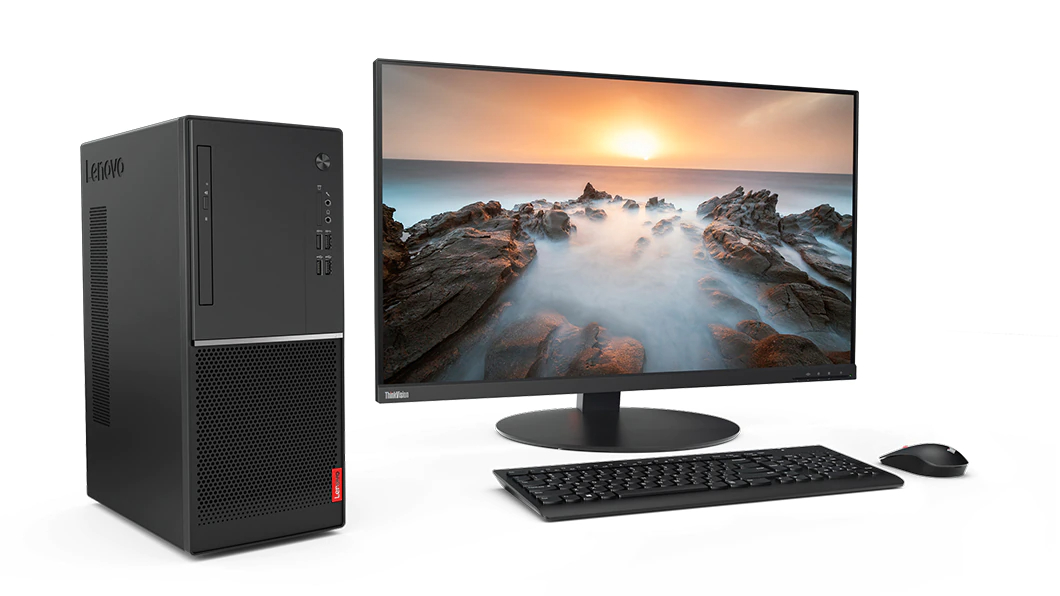Lenovo desktop computers are known for their strong performance and reliability, catering to a broad spectrum of users from corporate professionals to home users. When it comes to choosing a Lenovo desktop, understanding its performance metrics and the reliability of its components is crucial. This evaluation will help you determine whether a particular Lenovo model fits your personal or business needs. This article will delve into the aspects you should consider when assessing Lenovo desktops and provide insights into how they stand up against demands for different types of workloads.
Understanding Performance Metrics
Performance is one of the most critical aspects of a desktop computer. Evaluating the processor speed, memory capacity, and storage solutions will give you a clear picture of how well a Lenovo desktop will perform.
Processor Speed and Capabilities
- Lenovo desktops offer a range of processors from Intel and AMD, including multi-core options that provide efficient multitasking capabilities.
- When assessing a desktop’s performance, consider the clock speed (measured in GHz), the number of cores, and the processor’s cache size. These elements determine how quickly and efficiently your computer can process data.
Memory and Storage Considerations
- The amount of RAM in a Lenovo desktop affects its ability to handle multiple applications simultaneously. Look for options that allow you to upgrade the memory if needed.
- For storage, SSDs offer faster boot times and data access speeds compared to traditional HDDs. Some Lenovo desktops offer a hybrid solution, combining both SSD and HDD, to balance speed with storage capacity.

Assessing Reliability and Build Quality
Lenovo’s reputation for reliability is not just anecdotal; it is built upon robust construction and the use of quality components.
Durability of Components
- Lenovo sources high-quality components for its desktops, ensuring longevity and consistent performance.
- Pay attention to the build quality, including the chassis material and design, which can indicate how well the desktop will hold up over time.
Warranty and Support Services
- Lenovo provides a standard warranty for its desktop computers, which can be extended for additional coverage. This reflects the company’s confidence in its product’s reliability.
- Review the customer support services offered by Lenovo, including their response times and the availability of service centers, which are essential for addressing any issues that may arise.
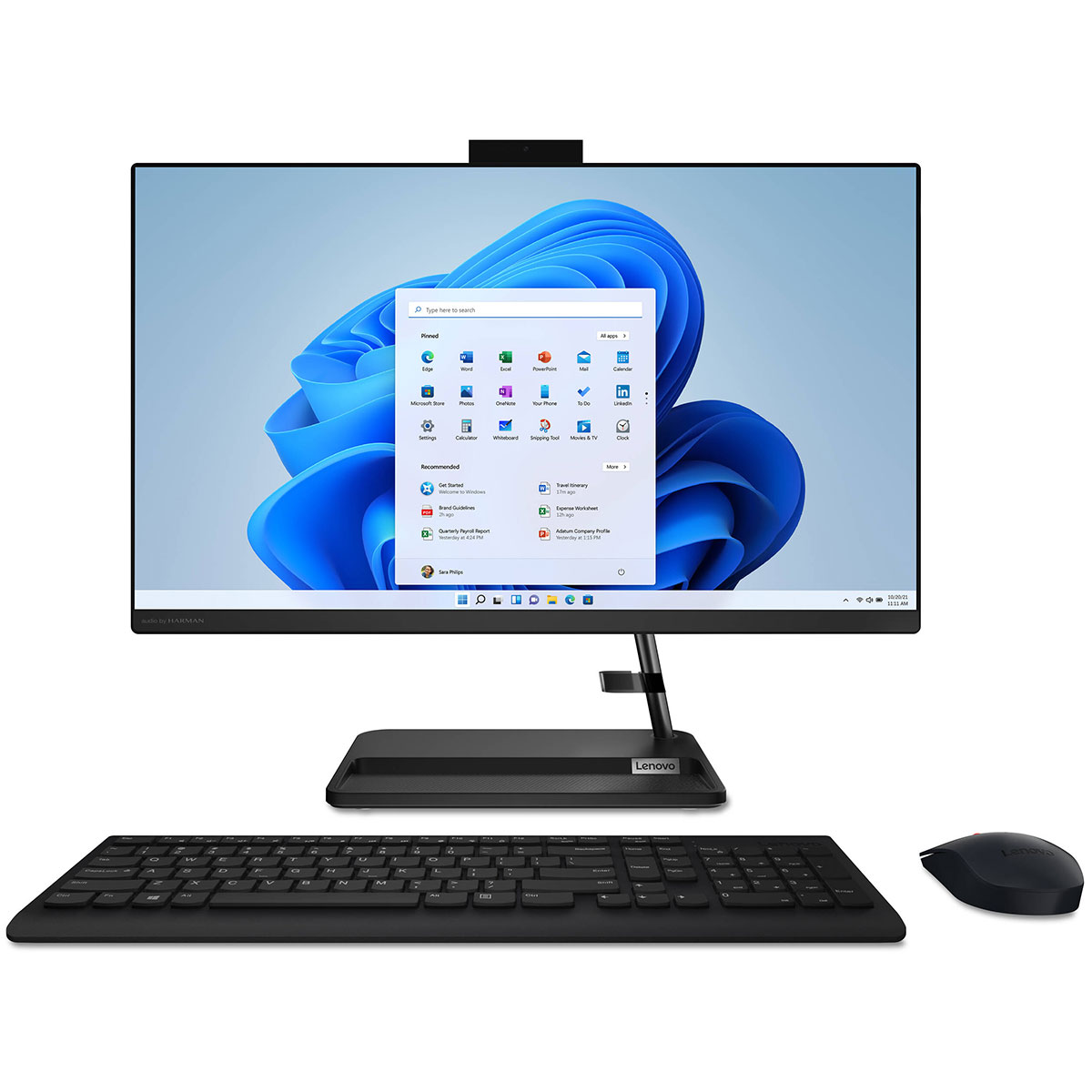
Lenovo Desktops in Different Work Environments
Lenovo desktops come in various configurations that cater to different types of work environments. Whether it’s for individual use or integration into an enterprise system, Lenovo has options to meet specific demands.
For Personal and Home Office Use
- Lenovo offers compact desktops that are perfect for everyday tasks like browsing the web, working with office applications, and media consumption.
- Models such as the Lenovo IdeaCentre series combine decent performance with an affordable price tag, making them suitable for casual users and home offices.
For Professional and Enterprise Use
- The Lenovo ThinkCentre line is engineered for the demands of business environments, providing robust performance, enhanced security features, and easy manageability.
- These desktops are designed to integrate seamlessly into corporate networks and often include tools like Intel vPro technology for remote management.
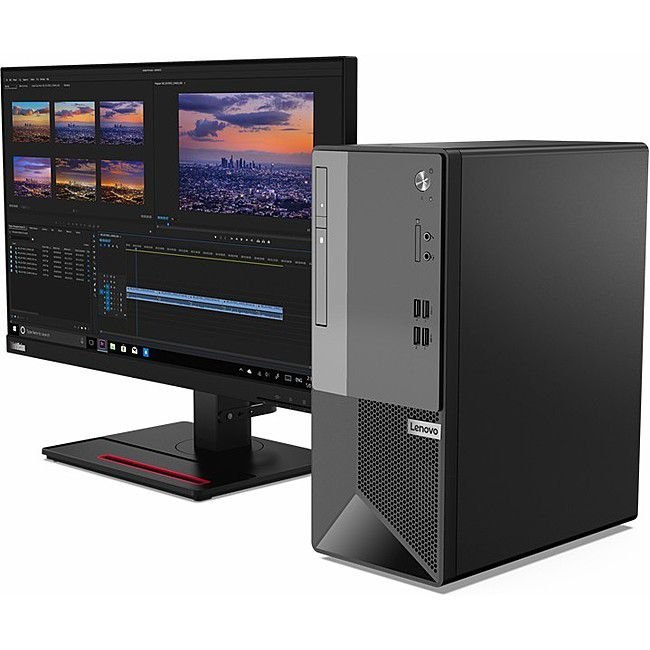
Future-Proofing with Lenovo Desktops
Investing in a Lenovo desktop computer is about ensuring it will serve your needs not just today but also in the future. Here are factors to consider for future-proofing your investment.
Upgradability and Expansion Options
- A critical aspect of future-proofing is the ability to upgrade your desktop. Check if the Lenovo model allows for easy RAM and storage upgrades.
- Consider the number of expansion slots and whether extra ports are available for adding components like additional GPUs or specialized cards.
Technology Trends and Compatibility
- Evaluate whether the Lenovo desktop includes modern technology standards such as USB-C, Thunderbolt ports, Wi-Fi 6, and Bluetooth connectivity.
- Ensure the system supports current operating systems and software updates to keep up with the latest security patches and features.
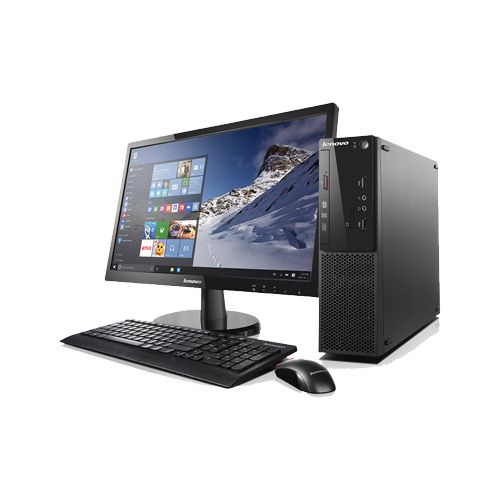
Evaluating Performance Under Stress
Understanding how a Lenovo desktop computer behaves under heavy loads can provide insight into its true performance capacity.
Stress Testing and Real-world Scenarios
- To gauge the desktop’s performance under pressure, consider running stress tests using software that simulates high-intensity tasks, such as video rendering or complex calculations.
- Observe how the system manages heat dissipation, as efficient cooling solutions are crucial for maintaining performance without throttling.
Benchmark Comparisons
- Comparing benchmark scores from trusted review sources can give you an idea of how Lenovo desktops perform relative to competitors in their class.
- Look for standardized benchmarks that reflect the type of tasks you expect to perform, whether it’s content creation, gaming, or data processing.
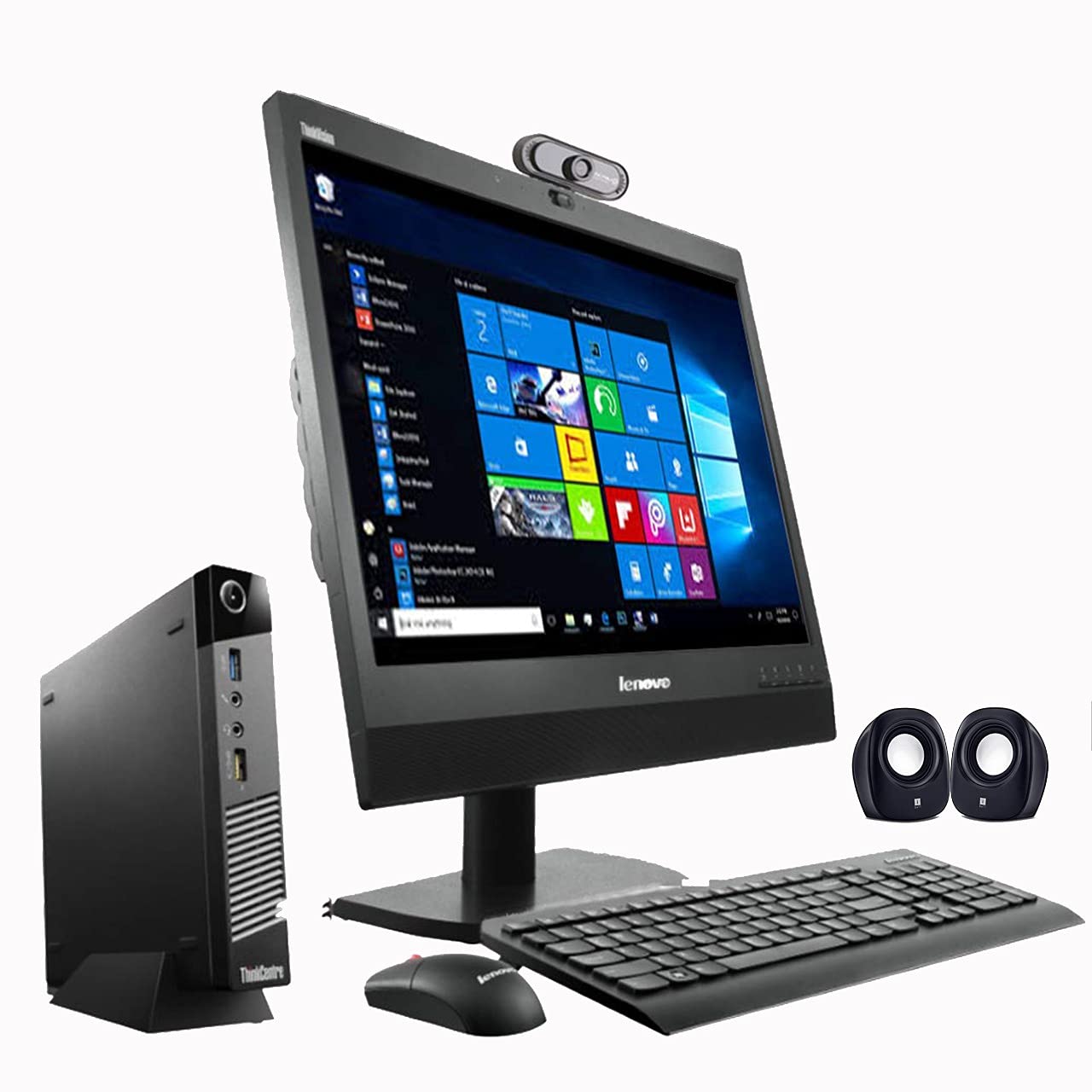
Reliability Over Time
A desktop’s reliability can be judged not only by its current performance but also by its longevity and how well it maintains efficiency over time.
Long-term User Reviews
- Explore user reviews and feedback on Lenovo desktops after extended use to understand any common long-term issues or strengths.
- Pay attention to reports on the lifecycle of the components, and any recurring software or hardware problems users may have encountered.
System Updates and Longevity
- Ensure that Lenovo provides consistent firmware and software updates for your desktop model, which can extend the system’s usable life and maintain optimal performance.
- Research the manufacturer’s track record for supporting older models to predict the potential longevity of your desktop.
Evaluating the Total Cost of Ownership
When assessing a Lenovo desktop computer’s value, one must consider the total cost of ownership, which includes the purchase price, maintenance costs, and potential upgrade expenses.
Initial Purchase and Value for Money
- Compare the purchase price of the Lenovo desktop with its specifications and features to determine if it offers good value for money.
- Consider bundled software or services that may add to the initial cost but provide additional value or savings in the long run.
Maintenance and Operating Costs
- Look into the energy efficiency of the Lenovo desktop, as power consumption can contribute to ongoing operating costs.
- Factor in the cost of any potential upgrades or replacement parts when considering the overall investment in the system.
When evaluating Lenovo desktop computer performance and reliability, it’s important to examine the hardware specifications, build quality, warranty, and the company’s support infrastructure. Additionally, understanding the requirements of your work environment and considering future technology trends are crucial for making an informed decision. By taking these factors into account, you can select a Lenovo desktop that not only meets your current needs but also stands the test of time, providing a reliable platform for productivity and growth. Whether for personal use or an enterprise deployment, Lenovo’s commitment to performance and reliability makes its desktop computers a solid choice for consumers seeking long-term value.
